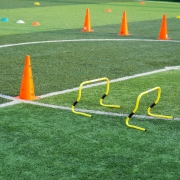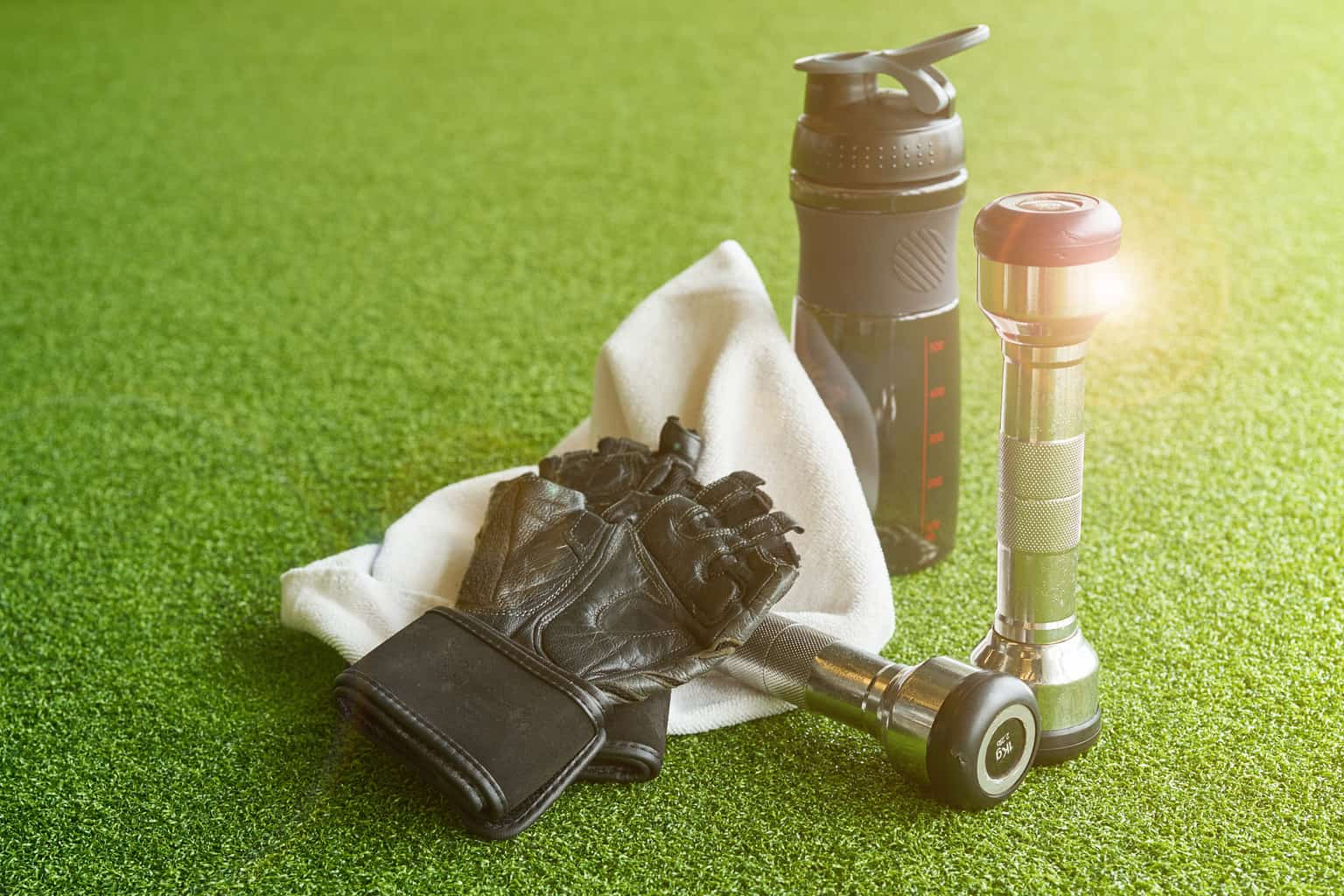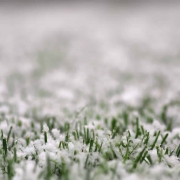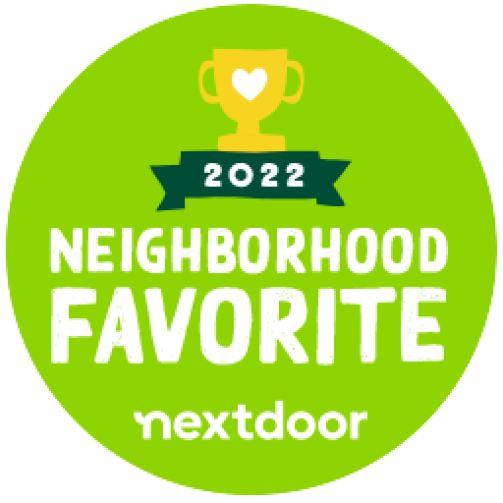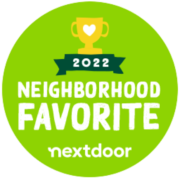Artificial Turf for Athletic Facilities
In Sacramento and across the country, fitness centers and gymnasiums are starting to use artificial turf instead of natural grass or more typical flooring surfaces like vinyl or linoleum. Artificial grass has already seen widespread use for lawns and landscaping purposes, but many of the characteristics that make it an ideal choice in those industries also make it excellent for athletic facilities.
Versatility
Synthetic grass is useful in both indoor and outdoor applications. Indoors, synthetic turf installations are more comfortable to walk on and exercise on than hard or rubber flooring. Outside, a synthetic turf field looks fresh and green year-round without the need to be watered.
Low Maintenance Costs
Because artificial grass doesn’t need to be watered or mowed, businesses can spend far less money on water and lawn maintenance equipment. This, in turn, means being able to spend much less on upkeep for long-term operations. Maintenance for a synthetic turf field consists of simply rinsing it with a hose to wash away dirt and occasionally brushing it to remove larger pieces of debris.
Durability & Safety
Thanks to the turf’s perforated backing and drainage grid underlayer, synthetic turf can drain water extremely quickly. This means that outdoor fields don’t develop puddles, which makes it far less likely for people to slip and fall while running on damp turf. A common problem for grass fields is that the soil they grow in develops holes, bumps, and divots as people exercising damage the ground. These irregularities can also cause people to trip and fall and suffer injuries. Artificial turf, on the other hand, is far tougher than natural grass, and it can endure rough use like sled pushes and pulls, heavy foot traffic, dropped exercise equipment, and more without suffering from cracks, ruts, or indentations. Another unique feature of synthetic turf is that it can be installed with shock-absorbing pads underneath the turf that reduce pressure on people’s joints and cushion a fall when it does occur.
Style & Customization
Because synthetic turf looks good with only minimal maintenance, it presents a clean and professional atmosphere for businesses. Additionally, green carries connotations of vibrancy, energy, and good health, all fitting elements for a fitness center to project. Synthetic turf can come in numerous different colors, pile heights, backings, and yarn compositions, and it can be customized for almost any application. Some businesses, for instance, prefer cork or rubber infill and padding, while some prefer none. Synthetic turf can also feature inlaid lines, numbers, and hash marks for training purposes, or business logos that reinforce brand awareness in customers and patrons.
If you own an athletic facility in Sacramento and are interested in installing synthetic turf in your business, contact Artificial Turf by Fenix today. Our design and installation experts can help you in every step of the process of choosing the right artificial grass design for your home or business. They’d also be happy to provide you with a free estimate when you call us at (877) 673-8873.

